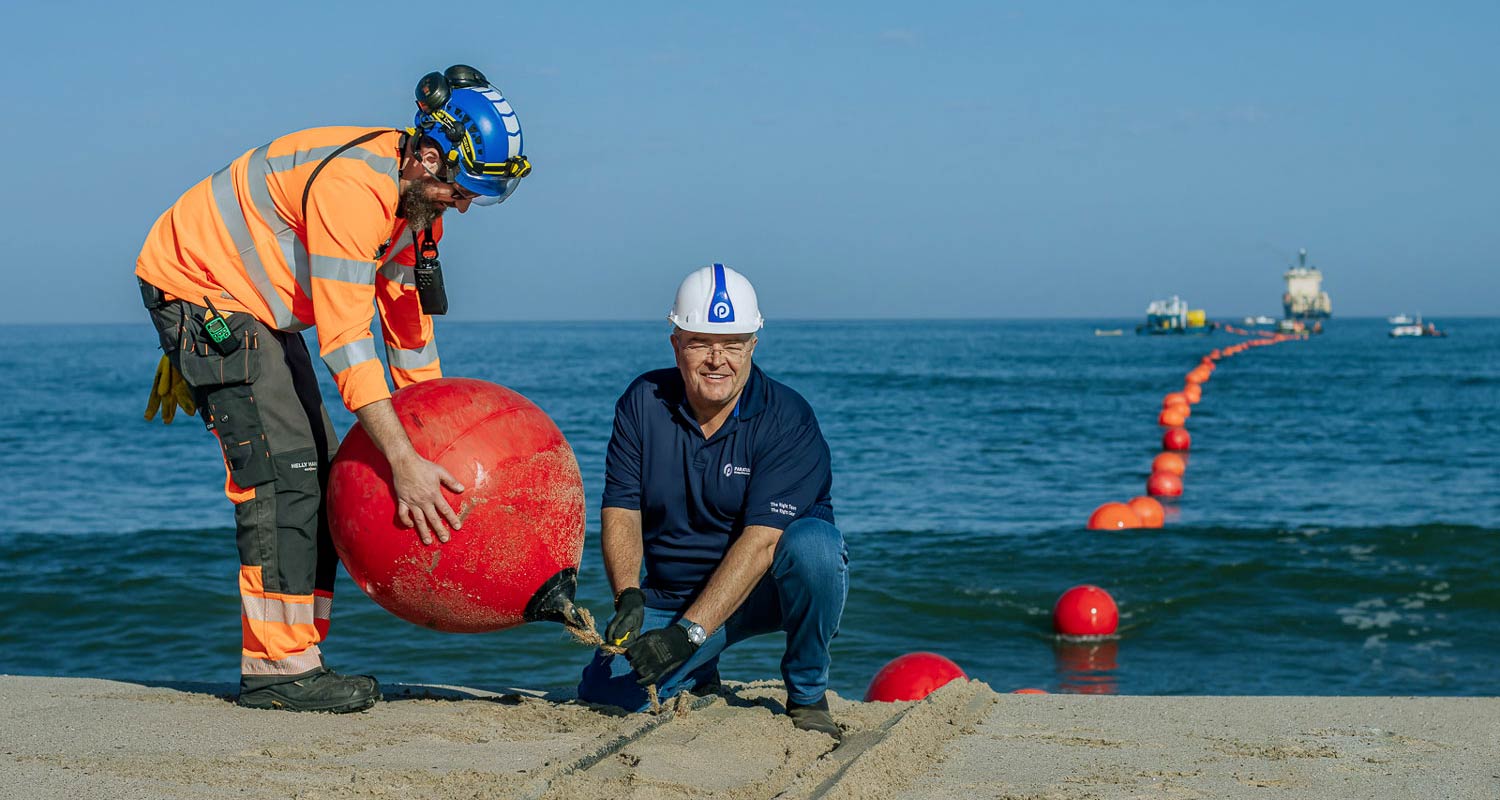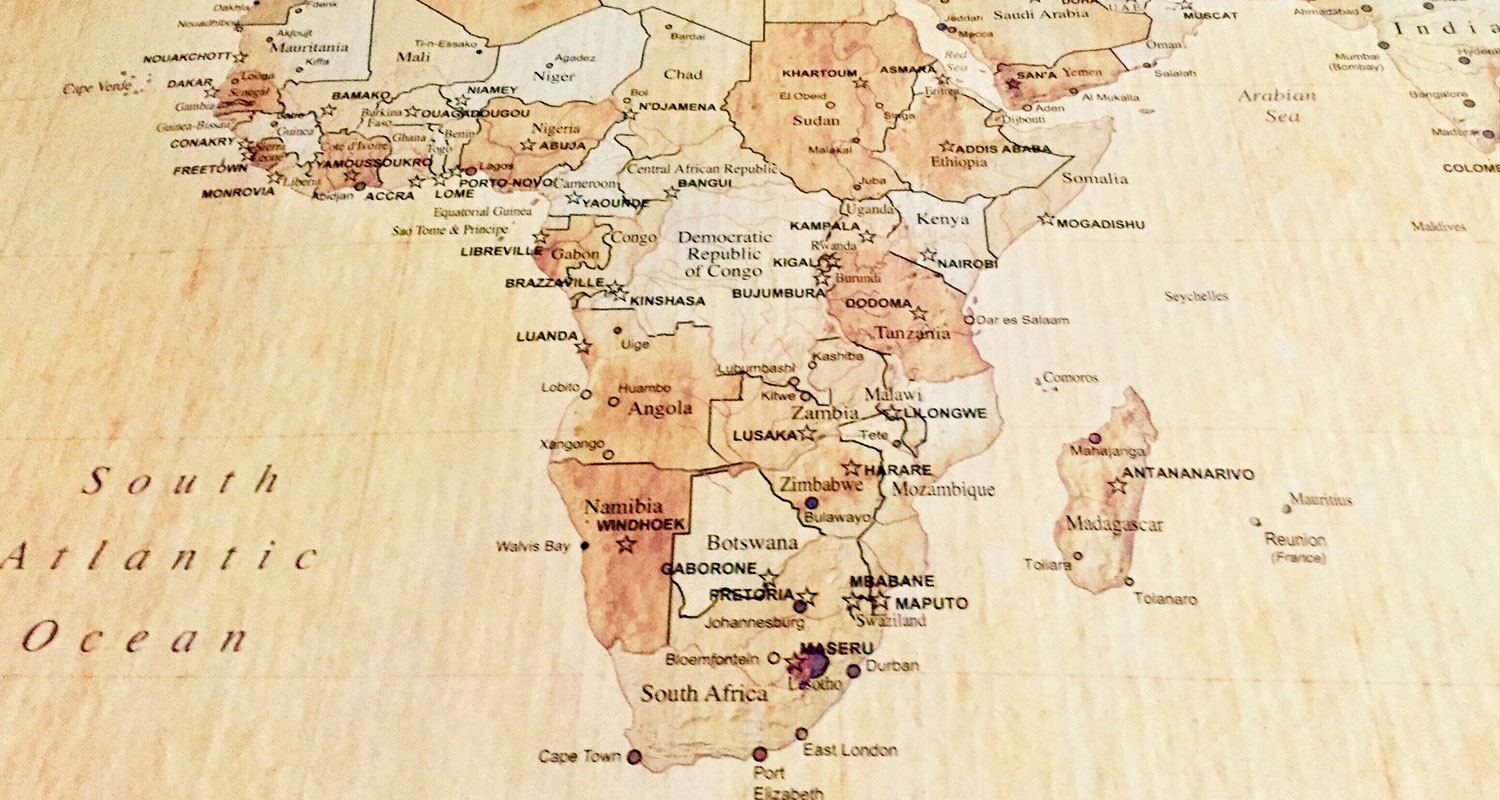
Internet service providers serving Africa have been forced to send their traffic via elaborate detours following damage to four major subsea cables off the continent’s west coast last week.
Some companies are bypassing the cables by going via Brazil, according to one of the cable operators. Others have shifted their traffic overland onto a web of cross-border terrestrial cables.
It’s a patchwork job that’s dramatically improved connection issues for millions of customers after the Wacs, MainOne, Sat-3 and Ace sea cables – arteries for telecommunications data running along the coast — went down last week. But the rerouting, sometimes via lower-capacity cables, has left many countries with slower internet speeds.
“The only way to get the African network back to the normal status quo is to repair those four severed cables,” said Roderick Beck, a consultant who sources network capacity for telecoms clients. “Those cables provide most of the direct connectivity to most West African countries.”
The cause of the faults hasn’t been determined, but a preliminary analysis from MainOne suggested seismic activity on the seabed that may have led to an undersea landslide. The company estimated that it would take between three and five weeks to restore connectivity.
Widespread outages hit at least eight West African countries, including Nigeria, and were felt as far away as South Africa, which relies on the cables for international data transfer. Ivory Coast, Liberia and Benin were the most affected, impacting everything from international phone calls to local money transfers and e-commerce.
By Tuesday, connectivity levels had been mostly restored, but “service quality remains diminished in some of the affected countries”, NetBlocks said.
Read: Multiple subsea cable breaks causing internet chaos in South Africa
Many companies shifted their traffic to the high-capacity Equiano cable, which also runs along the coast, but is only directly connected to Togo, South Africa and Nigeria, Beck said. Others have turned to Angola Cables, whose Sacs cable runs from Angola to Brazil and from there the company can send data to the US and Europe, the company’s head of marketing, Samuel Carvalho, said.
Ghana’s National Communications Authority said in a statement that it was allocating the “limited bandwidth currently available” to key businesses, including public utilities and banks.
“Communicating through e-mails has been a challenge, the completion of a number of deals has been delayed and it’s been difficult to make payments to clients making withdrawals to meet emergencies,” Nana Kofi Agyeman Gyamfi, head of wealth management at Bora Capital Advisors in Accra, said.
 Nigeria’s National Communications Commission said in a statement on Monday that data and voice services had been restored to “approximately 90% of their peak utilisation capacities”.
Nigeria’s National Communications Commission said in a statement on Monday that data and voice services had been restored to “approximately 90% of their peak utilisation capacities”.
Ivory Coast’s digital economy minister Ibrahim Kalil Konate said that although internet services were “functional”, capacity would not be fully restored until the cables were repaired, which he said he hoped would be completed by early April.
Cable repair company Global Marine’s CS Sovereign vessel, currently in port in Portland, England, and Orange Marine’s Leon Thévenin, which has set sail from Cape Town, loaded with fibre-optic cable en route to waters off the Ivory Coast to investigate and repair the undersea cable problems, a spokesman for Telkom said.
Read: Meet the Sophie Germain: R1-billion ship will help fix African subsea cables
Telkom, one of South Africa’s biggest internet providers, expects the repairs to take about three weeks, depending on weather conditions.
A spokesman for Orange Marine confirmed that it would assist in the repair operation but declined to comment further. A spokesman for Global Marine declined to comment. — Loni Prinsloo, Olivia Solon and Moses Mozart Dzawu, with Katarina Höije, (c) 2024 Bloomberg LP




